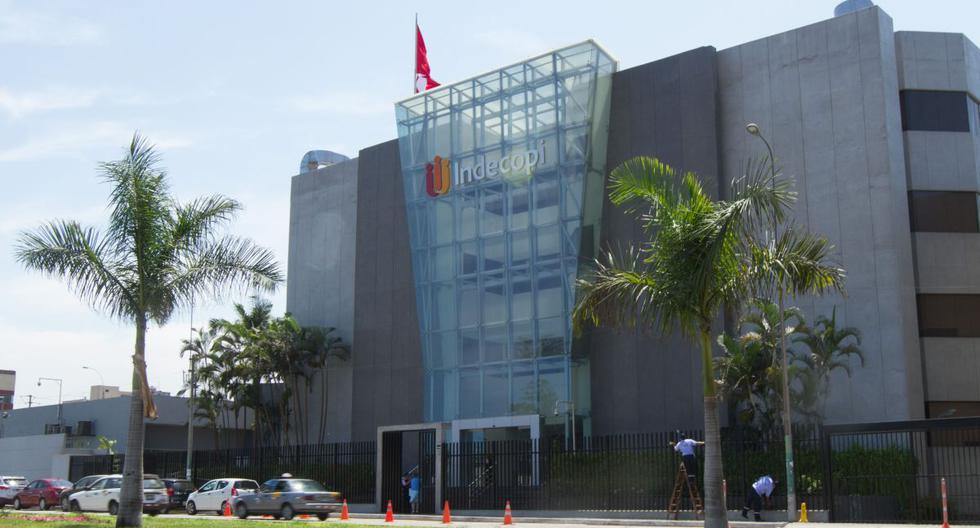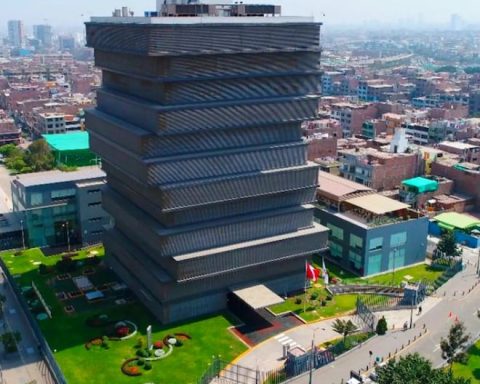The Indecopi indicated that during 2021 it promoted the elimination and non-application of 5,843 bureaucratic barriers illegal or unreasonable, generating a total saving of S/ 48.3 million throughout the country.
He added that in this way it contributed to the process of reactivating the country’s economy, which registered a GDP growth of 13.3% after the progressive lifting of the emergency measures imposed due to the COVID-19 pandemic.
According to the study Economic impact of the imposition of bureaucratic barriers in Peru 2021, the institution promoted the elimination or non-application of overregulations that prevented various businesses from operating with permitted capacity levels and that imposed cost overruns on companies affected by the economic recession, since local governments demanded illegal or irrational requirements and prohibitions that were justified by controlling the advance of the pandemic.
LOOK: Las Bambas: they report new clashes between community members and police
Along these lines, of the total of 5,843 bureaucratic barriers, 4,733 were voluntarily eliminated, which represented cost savings for companies and citizens of S/ 20.7 million (42.96%).
In addition, 835 barriers that imposed costs of S/ 16.8 million (34.8%) were not applied in general; and, 275 barriers were not applied in a particular way that imposed costs to the denouncers of said barriers for S/ 10.8 million (22.3%).
By sectors
The Commerce sector registered the highest costs due to the imposition of bureaucratic barriers with S/ 13.7 million (28.3% of the total cost). The Telecommunications sector follows with S/ 7.1 million (14.7% of total cost) in particular due to the authorizations for the installation of cell phone antennas.
Also included are the bureaucratic barriers that were imposed on natural persons, which represented a total cost of S/ 6.3 million (13.1%); for example, those associated with administrative procedures for obtaining academic degrees and professional tuition (S/ 2.2 million) and pensions and social benefits (S/ 500,000).
At the national level
The study identified that of the total number of bureaucratic barriers eliminated and not applied, 4,212 were imposed in the departments of the country (72.1%), 989 corresponded to barriers with application throughout the national territory (16.9%) and 642 were imposed in the department of Lima and the Constitutional Province of Callao (11%).
In that direction, district municipalities such as Ventanilla, Surquillo (in Lima) and the Municipality of José Bustamante y Rivero (Arequipa) were the entities that generated the highest costs to society due to the imposition of bureaucratic barriers, concentrating 41.4%, followed by the provincial municipalities (40.5%) such as the Metropolitan Municipality of Lima; the Provincial Municipality of Arequipa and the Provincial Municipality of Sullana with S/ 1.1 million and the ministries (7.5%).
However, in Lima and Callao (although they concentrated 11% of the total number of bureaucratic barriers), the economic cost represented by their imposition was 46.1% due to their greater impact on the national economy.













